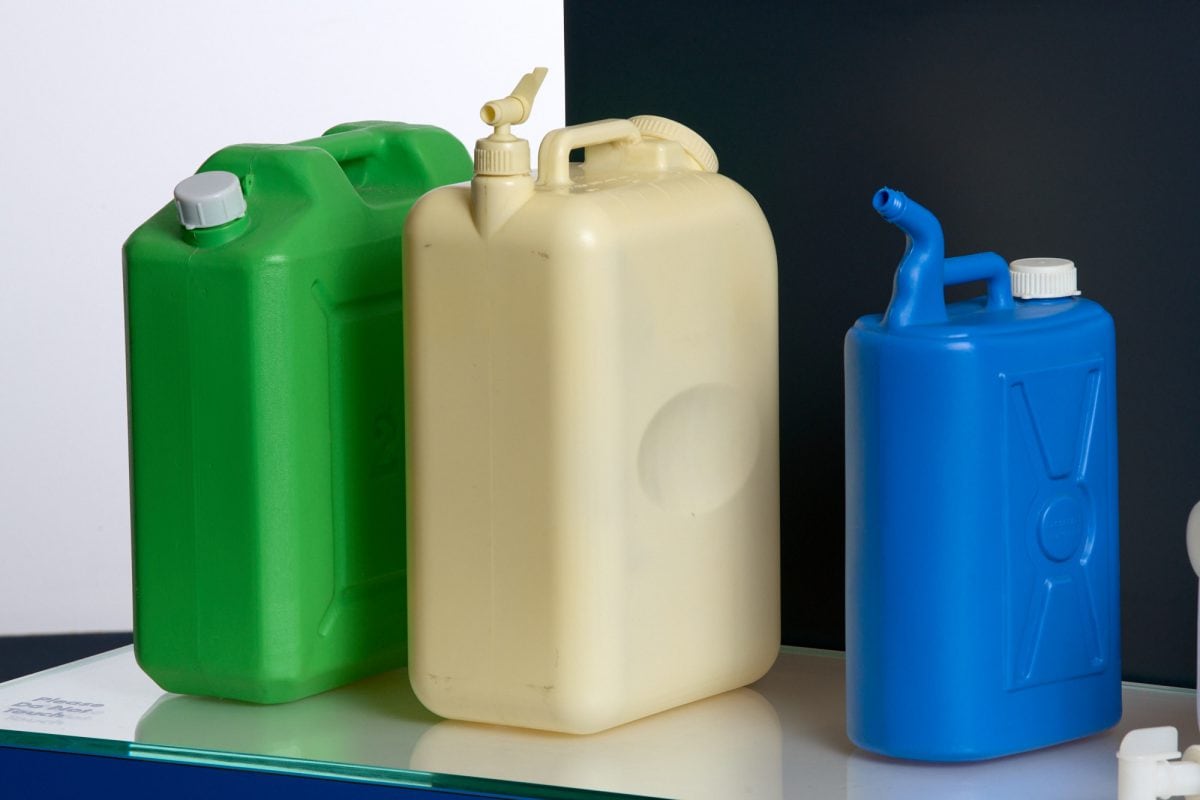At a glance
- Safe water storage means the water has been treated and is safe to use, and it is stored in a container that protects the water from recontamination.
- There are different ways to make your water safe.

Overview
Making water safe
There are different ways to make your water safe. The best option for your household or community depends on existing water and sanitation conditions; water quality; ability to install water, sanitation, and hygiene (WASH) facilities; access to water supply; availability of technology; and other local conditions.
Choosing a safe water storage container
Safe storage containers prevent contamination of safe water while the water is being transported and stored.
When storing safe water, it is best to use a container that:
- Is made of durable plastic, ceramic, or metal
- Has a single small (5–8 cm) opening that has a cover or can be closed tightly
- Has a narrow neck or opening so water can be poured out without hands or objects entering the container
- Can hold a standard volume of water (20 liters) and has a comfortable handle for easy carrying
Keep in mind
Cleaning and sanitizing a water storage container before use
Water storage containers should be cleaned on a regular basis.
Before storing safe water or treating water in a water storage container, use these steps to clean and sanitize the container:
- Wash the container with soap and water and rinse completely with water
- Sanitize the container with a solution made by mixing
- 5 mL (1 tsp) of unscented chlorine bleach in 1 liter of water or
- 19 mL (4 tsp) of unscented chlorine bleach in 1 gallon of water
- NOTE: Use bleach that contains 5%–9% sodium hypochlorite
- Cover the container tightly and shake it well. Make sure the bleach solution touches all inside surfaces of the container.
- Wait at least 30 seconds and then pour the bleach solution out of the container
- Let the empty sanitized container air-dry for storage or rinse the empty container with safe water (water that has been treated) before use
- Pour safe water or water that will be treated into the sanitized container and cover with a tight lid
- Treat water if it hasn't already been treated.
- Label container as "drinking water" and include treatment date
Storing water containers safely
- Keep stored water in a place with a cool temperature
- Try not to store water containers in direct sunlight
- Do not store water containers in areas where toxic substances, such as gasoline or pesticides, are present
